|
Voiced by Amazon Polly |
Overview
In today’s fast-paced digital environment, downtime can have severe consequences for businesses, including data loss, customer dissatisfaction, and financial setbacks. Whether caused by natural disasters, hardware failures, or cyberattacks, these events can disrupt operations. To address these challenges, AWS Elastic Disaster Recovery (DRS) provides a robust, cost-effective solution to ensure minimal downtime and data loss. AWS DRS replicates your infrastructure to AWS, enabling quick failover and recovery across multiple regions. This blog will explore using AWS DRS to build a resilient multi-region disaster recovery (DR) strategy.
Pioneers in Cloud Consulting & Migration Services
- Reduced infrastructural costs
- Accelerated application deployment
Introduction
AWS Elastic Disaster Recovery (DRS) is a fully managed solution that allows businesses to replicate their on-premises, virtual, and cloud-based servers to AWS. It ensures fast recovery with minimal data loss by replicating on-premises, VMware, Hyper-V, or cloud servers to a secondary AWS region. AWS DRS automates failover and recovery, reducing the complexity and costs typically associated with disaster recovery solutions.
Why Multi-Region DR Matters?
Single-region DR setups protect against localized failures but do not safeguard against large-scale, region-wide outages. A multi-region DR solution is essential to ensure business continuity even if an AWS region becomes unavailable. By implementing multi-region disaster recovery with AWS DRS, businesses can safeguard against regional failures, minimize downtime, and maintain operational continuity.
Architecture Overview: Multi-Region DR with AWS DRS
- Primary Region (Active):
- Production workloads operate normally.
- AWS DRS replicates data continuously to the secondary region.
- Secondary Region (Passive/Standby):
- Maintains a minimal replica of the source infrastructure.
- Activated only in disaster recovery scenarios.
- Contains pre-configured AWS resources, VPCs, and AWS IAM roles for quick failover.
How AWS DRS Works?
AWS DRS continuously replicates data from the primary region to a secondary (DR) region. By installing the AWS DRS agent on source servers, block-level changes are captured in real-time and replicated to the staging area in the secondary region. The staging area is a low-cost environment that holds the replicated data until it’s needed for failover.
Failover Process
- Install AWS DRS Agent: The agent is installed on the source servers to enable continuous block-level replication to AWS.
- Continuous Data Replication: Data is replicated with minimal impact on source server performance.
- Launch Settings Configuration: Settings define how systems will be launched during failover, including instance types and subnets.
- Failover & Recovery: In case of a disaster, the systems in the secondary region are quickly launched, minimizing downtime.
- Recovery Drills: Regular tests ensure failover works as expected without affecting production.
Key Components

Benefits of Using AWS DRS for Multi-Region DR
- Cost-Efficiency:
- Pay only for low-cost staging resources until failover is needed.
- No need for a 24/7 duplicate environment.
- Fast Recovery:
- Achieve recovery time objectives (RTO) of minutes.
- Automated orchestration ensures fast workload recovery.
- Scalability & Flexibility:
- Supports physical, VMware, Hyper-V, and cloud-based servers.
- Scales across multiple regions for seamless failover during regional failures.
- Compliance & Testing:
- Easily conduct DR drills without disrupting production.
- Meets compliance requirements for disaster recovery.
Best Practices for Multi-Region DR
- Design for Automation:
- Use AWS Systems Manager or Step Functions to automate failover and testing processes.
- Implement AWS CloudFormation or Terraform to set up consistent infrastructure in both regions.
- Regular DR Drills:
- Conduct recovery drills at least quarterly to test DR readiness.
- Ensure these drills test the failover process, application performance, and network connectivity.
- Update Launch Settings:
- Keep launch templates updated with the latest AMIs, instance types, and subnet configurations.
- Use tags to streamline the recovery and management of instances.
- Secure Both Regions:
- Enforce least-privilege AWS IAM policies across both regions.
- Use AWS Key Management Service (KMS) to encrypt data at rest and in transit.
- Leverage AWS WAF, Amazon GuardDuty, and AWS Security Hub for continuous security monitoring.
- Monitor Replication Health:
- Use Amazon CloudWatch to set up alarms that monitor the health of replication and AWS DRS agents.
- Use AWS Config to ensure consistent configurations and compliance across regions.
- Implement a Cross-Region Networking Strategy:
- Use Amazon Route 53 failover routing policies or AWS Global Accelerator to redirect traffic during failover seamlessly.
- Ensure proper Amazon VPC peering, security groups, and route tables are set up for inter-region communication.
- Cost Optimization:
- Regularly monitor unused DR resources and optimize staging configurations.
- Use AWS Cost Explorer and AWS Budgets to manage DR-related costs efficiently.
- Centralized Logging & Auditing:
- Centralize logs (e.g., AWS CloudTrail, Amazon VPC Flow Logs) in Amazon S3 for access from both regions.
- Use Amazon OpenSearch Service to perform log analysis during failover.
Conclusion
Building a multi-region disaster recovery strategy is essential for ensuring business continuity, especially in a regional outage.
By following the best automation, security, and testing practices, businesses can strengthen their disaster recovery strategy and ensure they are prepared for large-scale disruptions.
Drop a query if you have any questions regarding AWS DRS and we will get back to you quickly.
Making IT Networks Enterprise-ready – Cloud Management Services
- Accelerated cloud migration
- End-to-end view of the cloud environment
About CloudThat
CloudThat is an award-winning company and the first in India to offer cloud training and consulting services worldwide. As a Microsoft Solutions Partner, AWS Advanced Tier Training Partner, and Google Cloud Platform Partner, CloudThat has empowered over 850,000 professionals through 600+ cloud certifications winning global recognition for its training excellence including 20 MCT Trainers in Microsoft’s Global Top 100 and an impressive 12 awards in the last 8 years. CloudThat specializes in Cloud Migration, Data Platforms, DevOps, IoT, and cutting-edge technologies like Gen AI & AI/ML. It has delivered over 500 consulting projects for 250+ organizations in 30+ countries as it continues to empower professionals and enterprises to thrive in the digital-first world.
FAQs
1. How long does failover to a secondary region using AWS DRS take?
ANS: – Failover typically completes within minutes, depending on your RTO and the volume of data to recover.
2. Can AWS DRS support different types of workloads?
ANS: – Yes, AWS DRS supports physical, VMware, Hyper-V, and cloud-based servers, making it versatile for various IT environments.

WRITTEN BY Aakash Kriplani
Aakash works as a Research Associate at CloudThat, specializing in cloud computing with a strong focus on AWS services. He has hands-on experience designing, deploying, and managing cloud solutions, and a deep understanding of core AWS offerings. He is passionate about learning emerging technologies and continuously expanding his knowledge to stay ahead in the ever-evolving tech landscape ahead in the ever-evolving tech landscape.


 Login
Login


 May 5, 2025
May 5, 2025 PREV
PREV


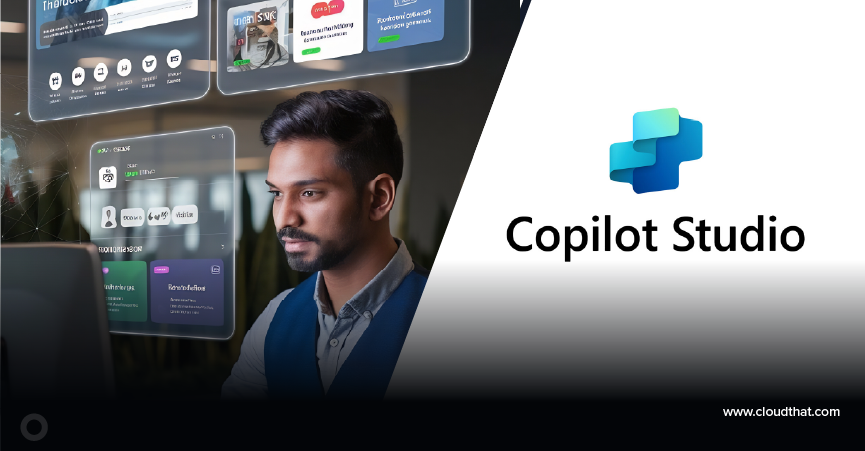

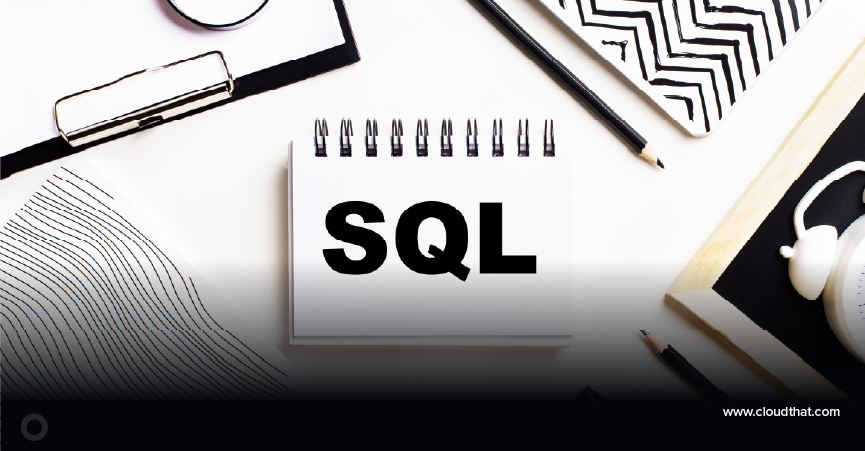
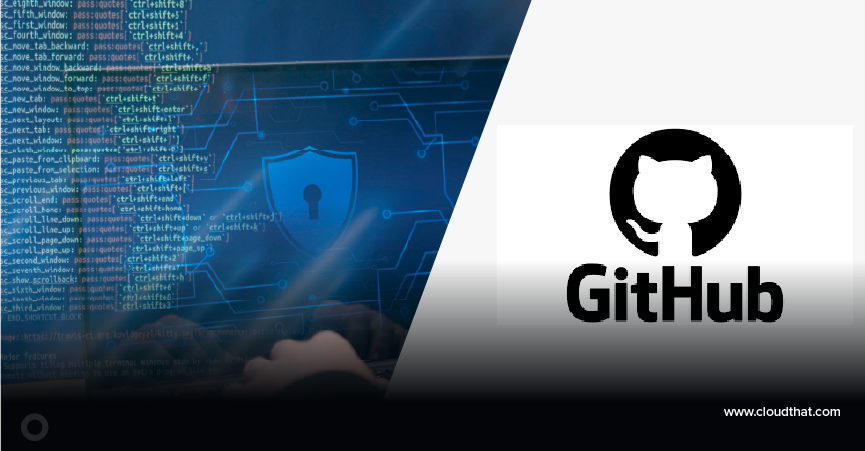


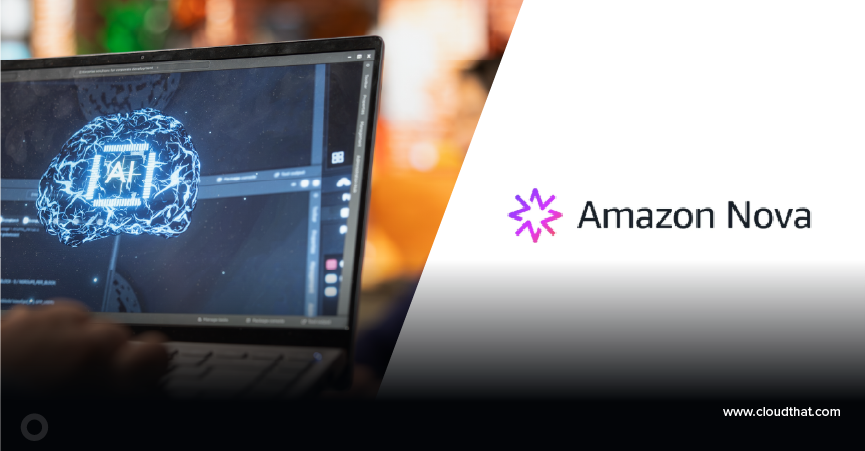
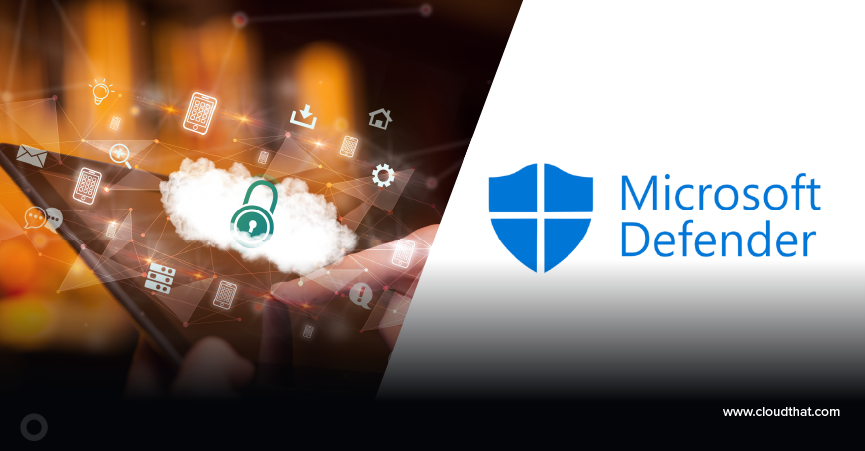
Comments